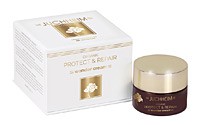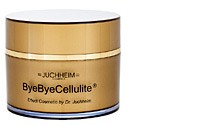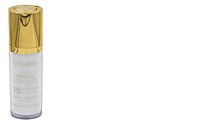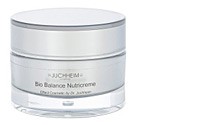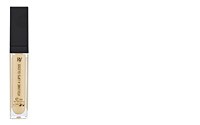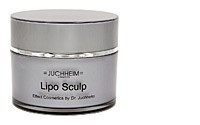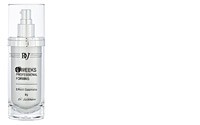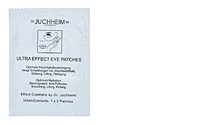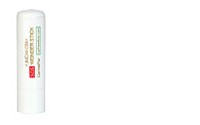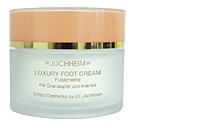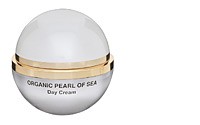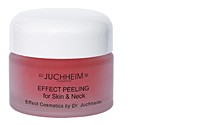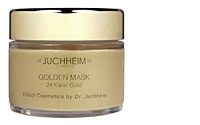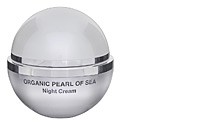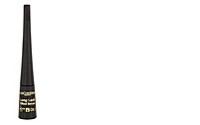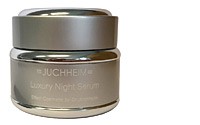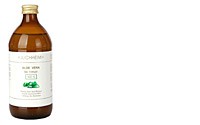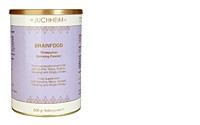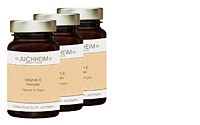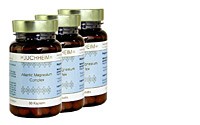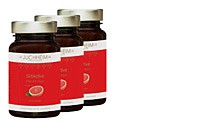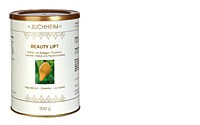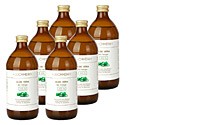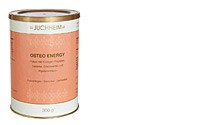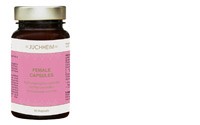CBD oil - What is it?
Basically, oil-based CBD products are distinguished by their CBD content, which is not the primary criterion.
The three types of CBD oils, crude, decarboxylated or filtered, actually describe the manufacturing process. However, these production methods are also crucial for the various properties that CBD oils have, which we explain below.
CBD oil raw
Raw CBD oil is in itself exactly what it sounds like, raw unfiltered oil. All substances were taken without further measures, e.g. heat or extract chemical reactions. It is usually medium to dark green and contains the entire active substance spectrum of the hemp plant.
CBD oil decarboxylated
Decarboxylated CBD oil is basically a crude oil in which, after extraction, another processing step is taken, decarboxylation. Through this additional processing step, the body can better apply the drug, it works better, faster and stronger than crude oil in which a large part of the CBD's is in the form of acid. Basically, decarboxylation improves bioavailability and thus effective CBD per milligram ratio.
CBD oil filtered
Most of the work has been done with the filtered CBD oil. After CO2 extraction, as well as decarboxylation, other substances such as lipids or chlorophyll as well as small parts of plants are removed, it is thin and transparent.

